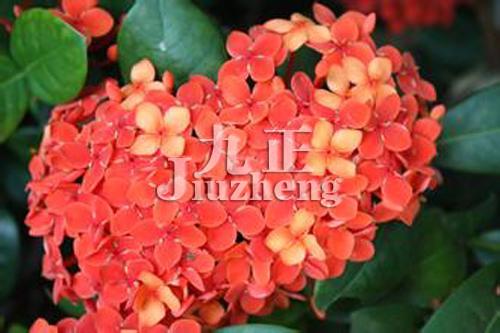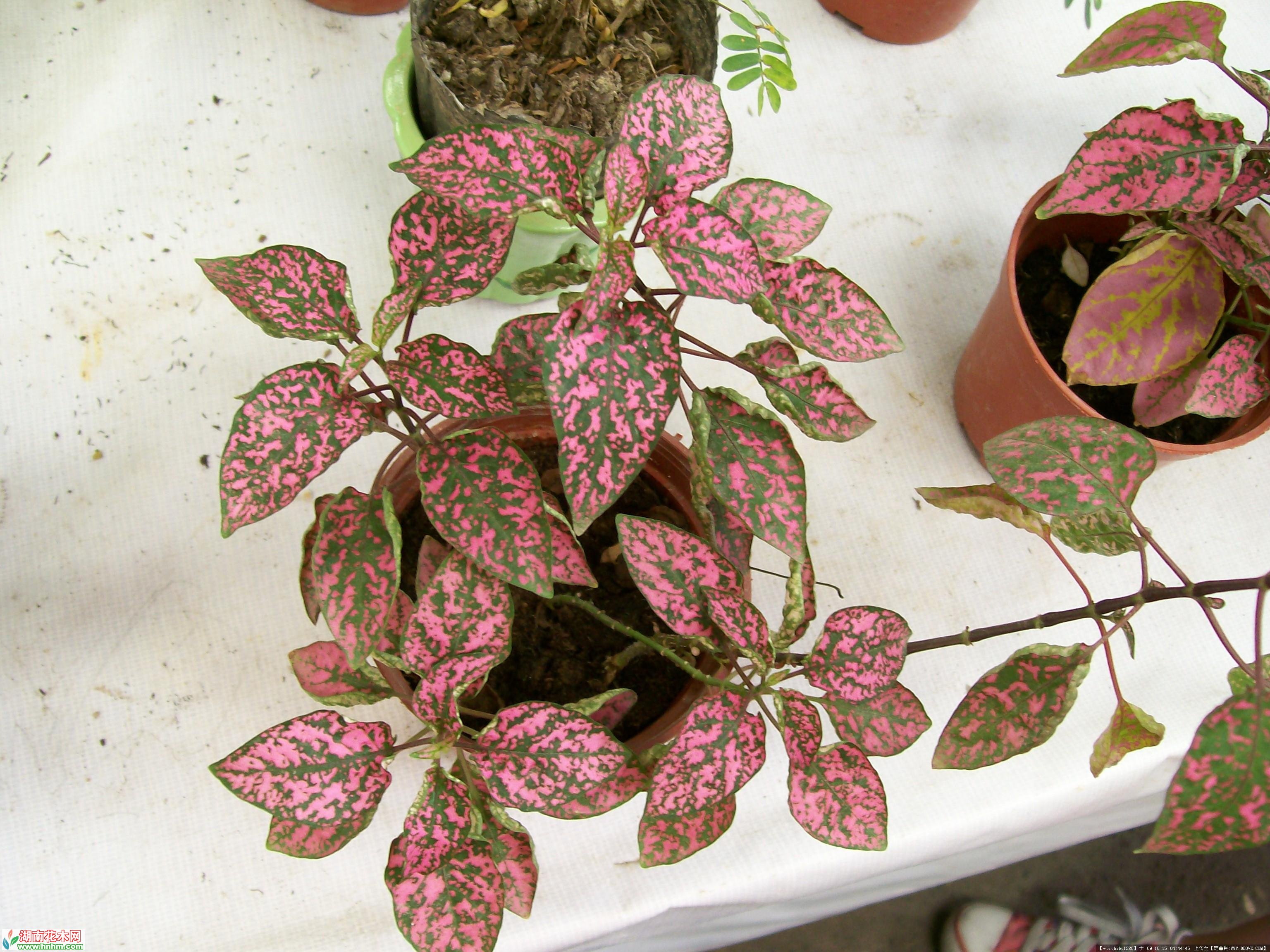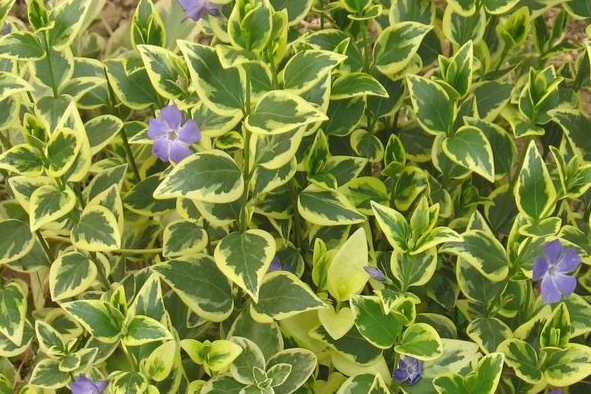Culture methods and matters needing attention of Xiandan Flower (Red Hydrangea)
The Xiandan flower is a common Hashimoto flower, which can be found in parks, courtyards or other green spaces. Although the flowers of elixir are not large, they can win by quantity. No matter which variety or color they are, when they are in full bloom, there are only clusters of flowers in the branches, and the leaves are almost submerged in the sea of flowers.
Elixir originated in tropical Asia, alias red hydrangea, Dianzi, Shandan flower, belongs to the Rubiaceae evergreen shrub or small Qiao. Plant height, leaf size, flower color vary according to the variety, four petals, cymbose inflorescences, flowers are bright red, orange, pink, white, yellow and so on. In recent years, many park greenbelts have changed to shorter elixir plants as hedges.
The cultivation place should have more than half a day's sunshine, the more sunshine, the more flowers. Xiandan flowers do not pick the quality of the cultivated soil, as long as the medium drainage is good. The suitable temperature for growth is about 23-32 degrees. Spring to autumn is the period of vigorous growth. The flowering period is almost all year round, and the peak is from early summer to autumn. Low temperature in winter is easy to cause defoliation, which requires less watering. At the beginning of spring every year, the branches can be pruned to promote the sparse branches to sprout again, the plants will be more luxuriant and the number of flowers will increase.

5. Fertilization: once every half month, nitrogen, phosphorus, potassium, ferrous sulfate and horseshoe slices were mixed with liquid fertilizer after ripening and fermentation.
6. Pruning: pruning is mostly carried out after coming out of the room in spring, mainly to properly thinning the branches of the plant in order to facilitate ventilation and light. In addition, if the heart is picked properly during flowering, it can be pregnant with buds and bloom.
7. Insect pests: the common diseases of Xiandan flowers are leaf spot, anthracnose and coal fouling. If they occur, they should be ventilated in time, water and fertilizer management should be done, and 800 times carbendazim solution can be sprayed for prevention and control. Common pests are crustaceans, red spiders and aphids. If such pests occur, they can be killed manually when the number is small, and 1500 times of omethoate EC and 1200 times of fish rattan EC are needed when the number is large.
8. Propagation: the cuttage method is best used in the propagation of Xiandan flower, which is easy to survive and blossoms quickly. The cuttings should be carried out in March or April every year, and the two-year-old branches that have been lignified are the best. The Xiandan flowers will take root about 35 days after cutting, and the seedlings can be moved to the pot after 60 days.
Matters needing attention in culturing Xiandan flowers:
Xiandan flowers like a warm, moist and sunny environment. Not resistant to cold, semi-overcast, moisture and strong light. The suitable temperature for the growth of Xiandan flower is 15-25 ℃, 24-30 ℃ from March to September, and 13-18 ℃ from September to March of the following year. The winter temperature is not lower than 0 ℃, and it is easy to suffer frost damage if it is too low. On the contrary, Xiandan flower is resistant to high temperature and grows as usual above 32 ℃.
Generally speaking, Xiandan flower has strong adaptability to temperature. Xiandan flowers like to be wet and afraid of dry. Sufficient water is needed during the growing period of stems and leaves to keep the basin soil moist, which is beneficial to shoot germination and leaf growth. However, if it is too wet for a long time, it is easy to cause part of the root system to rot and affect the growth and flowering. If the soil is too dry or wet when dry, and the water supply is not timely, the phenomenon of fallen leaves will occur.
Xiandan flowers need plenty of sunshine, especially during the growing period of stems and leaves, the leaves are green and shiny, which is conducive to the formation of inflorescences, neat flowering and bright colors. It can also grow in semi-overcast environment, but the leaves are light green, lack of luster, few flowers and light color. However, proper shading in strong light in summer can prolong the flowering period.
The cultivated soil of Xiandan flower is the best in the acid sandy loam with fertile, loose and good drainage. The mixed soil of culture soil, peat soil and coarse sand is suitable for pot cultivation, and the pH is 5-5.5.
The function of Xiandan flower:
1. Medicinal value
Xiandan flower not only can be used as an ornamental plant, but also has a certain medicinal value. The roots, stems and leaves of Xiandan can be used as medicine. Xiandan flower has the effects of dispersing blood stasis and hemostasis, regulating menstruation, reducing blood pressure, clearing liver, promoting blood circulation and relieving pain. It can be used for hypertension, irregular menstruation, broken bones and muscles, sores and so on. The root and stem of Xiandanhua have the effects of treating pulmonary tuberculosis, hemoptysis, stomachache, rheumatic joint pain, falling injury and so on.
2. Ornamental function
Xiandan flower has a long flowering period, bright colors and dense flowering, so it is widely planted in the courtyard as an ornamental flower in the south. In the north, Xiandan flowers are more potted and ornamental, used to decorate the home. We can put the Xiandan flowers on the sunny windowsill, not only can watch the beautiful Xiandan flowers, but also can make the Xiandan flowers grow healthily, bloom exuberantly and bloom luxuriantly.
The function and Culture method of Xiandan Flower
Xiandan flower, also known as Shandan flower, dragon boat flower, is commonly known as dwarf elixir evergreen shrub. There are other aliases such as red hydrangea, buy zimu, sell zimu, Sanduanhua and so on. The lateral branches of the whole plant grow upright and smooth, and the leaf surface is smooth, leathery and opposite, with an Obovate or oval shape. The general length is about 9 cm-12 cm and the width is about 4 cm-5 cm. The first shoot emergence period of leaves is between March and June each year, and the second is about August to early October.
The function and Culture method of Xiandan Flower
The function of Xiandan flower
Xiandan flower, also known as Shandan flower, dragon boat flower, is commonly known as dwarf elixir evergreen shrub. There are other aliases such as red hydrangea, buy zimu, sell zimu, Sanduanhua and so on. The English name is Chinese ixora and the official name is Ixora chinensis. The lateral branches of the whole plant grow upright and smooth, and the leaf surface is smooth, leathery and opposite, with an Obovate or oval shape. The general length is about 9 cm-12 cm and the width is about 4 cm-5 cm. The first shoot emergence period of leaves is between March and June each year, and the second is about August to early October.
The Culture method of Xiandan Flower
Soil: the acid sandy loam which is fertile, loose and well drained is the best. The mixed soil of culture soil, peat soil and coarse sand is suitable for pot cultivation, and the pH is 5-5.5.
Watering: Xiandan flowers like to be wet and afraid of dry. Sufficient water is needed during the growing period of stems and leaves to keep the basin soil moist, which is beneficial to shoot germination and leaf growth. However, if it is too wet for a long time, it is easy to cause part of the root system to rot and affect the growth and flowering. If the soil is too dry or wet when dry, and the water supply is not timely, the phenomenon of fallen leaves will occur.
Sunshine: Xiandan flowers need plenty of sunshine, especially during the growing period of stems and leaves, the leaves are green and shiny, which is conducive to the formation of inflorescences, neat flowering and bright colors. It can also grow in semi-overcast environment, but the leaves are light green, lack of luster, few flowers and light color. However, proper shading in strong light in summer can prolong the flowering period.
Temperature: the suitable temperature for the growth of Xiandan flower is 15-25 ℃, 24-30 ℃ from March to September, and 13-18 ℃ from September to March of the following year. The winter temperature is not lower than 0 ℃, and it is easy to suffer frost damage if it is too low. On the contrary, Xiandan flower is resistant to high temperature and grows as usual above 32 ℃. Generally speaking, Xiandan flower has strong adaptability to temperature.
Fertilization: during the growing period, nitrogen, phosphorus, potassium, ferrous sulfate and horseshoe slices were applied once every half a month, mixed with water and liquid fertilizer after ripening and fermentation according to the proportion of 1: 1, 1: 1, 2: 3.
Pruning: pruning is mostly carried out after coming out of the room in spring, mainly to properly thinning the branches of the plant to facilitate ventilation and light. In addition, if the heart is picked properly during flowering, it can be pregnant with buds and bloom.
Insect pests: the common diseases of Xiandan flowers are leaf spot, anthracnose and coal fouling disease. If they occur, they should be ventilated in time, water and fertilizer management should be done, and carbendazim 800 times liquid can be sprayed for prevention and control. Common pests are crustaceans, red spiders and aphids. If such pests occur, they can be killed manually when the number is small, and 1500 times of omethoate EC and 1200 times of fish rattan EC are needed when the number is large.
Propagation: the cuttage method is best used in the reproduction of Xiandan flowers, which is easy to survive and blossoms quickly. The cuttings should be carried out in March or April of each year, and the two-year-old branches that have been lignified are the best. The dragon boat flowers will take root about 35 days after cutting, and the seedlings can be transferred to the pot after 60 days.
Matters needing attention in the Culture of Xiandan Flower
Xiandan flowers like a warm, moist and sunny environment. Not resistant to cold, semi-overcast, moisture and strong light. The suitable temperature for the growth of Xiandan flower is 15-25 ℃, 24-30 ℃ from March to September, and 13-18 ℃ from September to March of the following year. The winter temperature is not lower than 0 ℃, and it is easy to suffer frost damage if it is too low. On the contrary, Xiandan flower is resistant to high temperature and grows as usual above 32 ℃.
Generally speaking, Xiandan flower has strong adaptability to temperature. Xiandan flowers like to be wet and afraid of dry. Sufficient water is needed during the growing period of stems and leaves to keep the basin soil moist, which is beneficial to shoot germination and leaf growth. However, if it is too wet for a long time, it is easy to cause part of the root system to rot and affect the growth and flowering. If the soil is too dry or wet when dry, and the water supply is not timely, the phenomenon of fallen leaves will occur.
Xiandan flowers need plenty of sunshine, especially during the growing period of stems and leaves, the leaves are green and shiny, which is conducive to the formation of inflorescences, neat flowering and bright colors. It can also grow in semi-overcast environment, but the leaves are light green, lack of luster, few flowers and light color. However, proper shading in strong light in summer can prolong the flowering period.
The cultivated soil of Xiandan flower is the best in the acid sandy loam with fertile, loose and good drainage. The mixed soil of culture soil, peat soil and coarse sand is suitable for pot cultivation, and the pH is 5-5.5.
Well, this is the official account of the Xiandan flower that the editor introduced to you today, or click on the relevant reading at the end of the article.
- Prev

Culture methods and matters needing attention of Red spot Grass
Red spot grass is called splashing red grass, purples red red spot grass is a plant of the genus hypoestes, native to Madagascar. The height of the plant can reach 60 cm, and the potted plant is about 10 cm to 15 cm. The branches are semi-trailing after elongation, and the stem nodes are easy to root. Leaves opposite, ovate or long ovate
- Next

Culture methods and matters needing attention of flower and leaf vines in Changchun
Ramet propagation should be carried out in spring. At this time, the old branches of the last year are cut off, the plants are separated, planted separately and watered through; striping propagation is carried out in the growing season. Cutting propagation can be carried out all year round. The cutting substrate is made of perlite, vermiculite or sand with good water retention (growing season). Autumn and winter cuttings
Related
- Fuxing push coffee new agricultural production and marketing class: lack of small-scale processing plants
- Jujube rice field leisure farm deep ploughing Yilan for five years to create a space for organic food and play
- Nongyu Farm-A trial of organic papaya for brave women with advanced technology
- Four points for attention in the prevention and control of diseases and insect pests of edible fungi
- How to add nutrient solution to Edible Fungi
- Is there any good way to control edible fungus mites?
- Open Inoculation Technology of Edible Fungi
- Is there any clever way to use fertilizer for edible fungus in winter?
- What agents are used to kill the pathogens of edible fungi in the mushroom shed?
- Rapid drying of Edible Fungi

